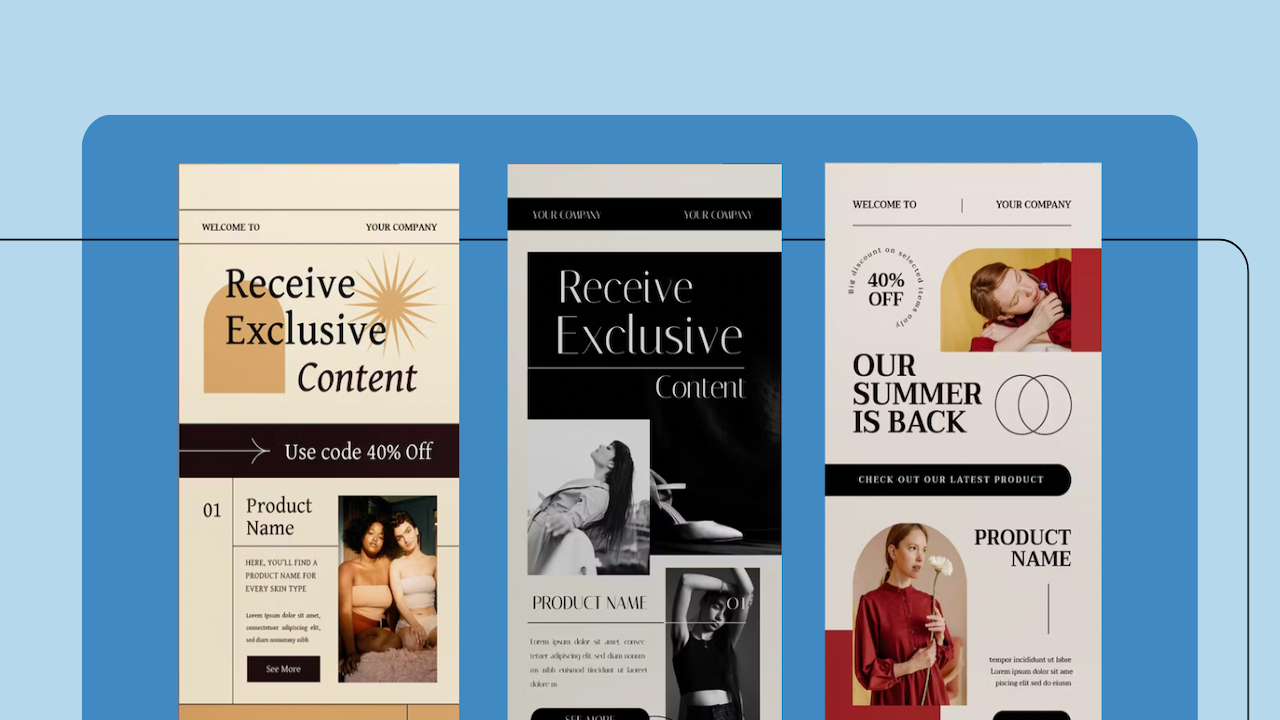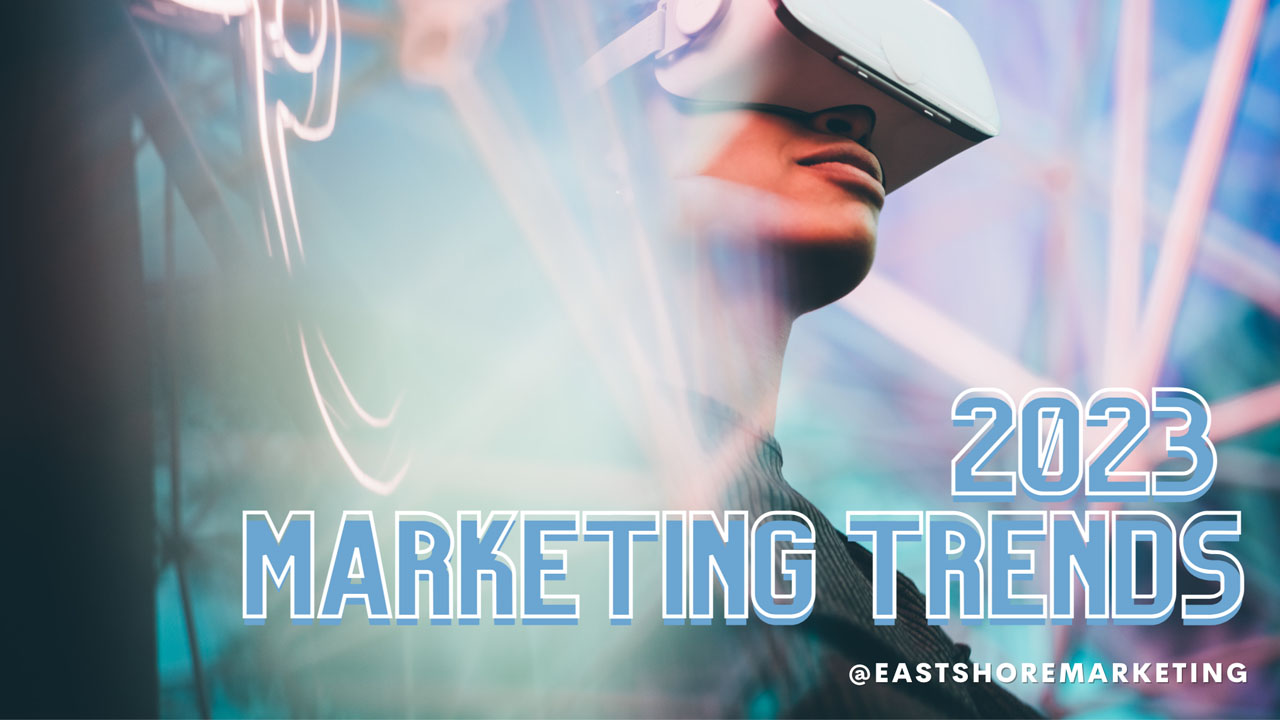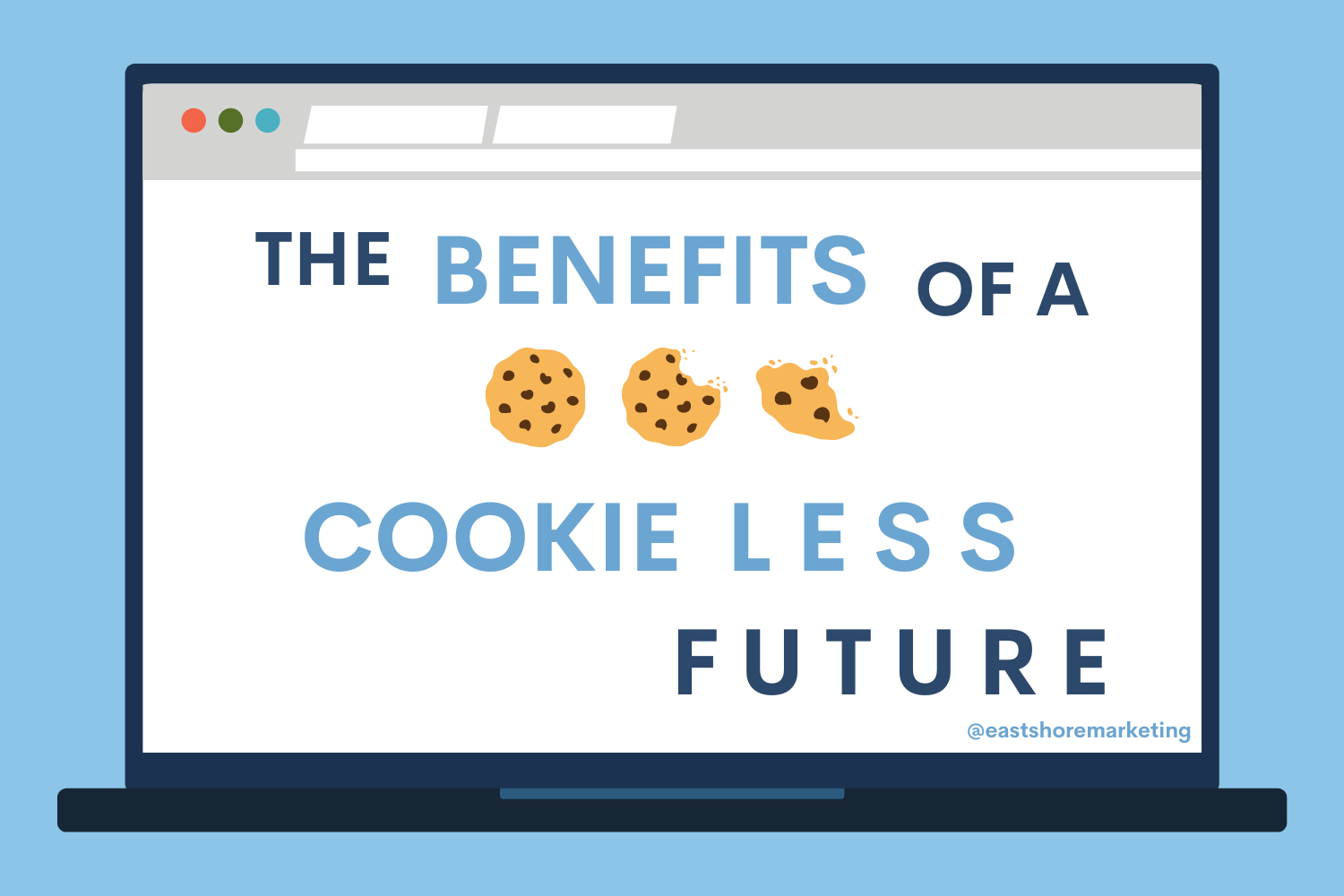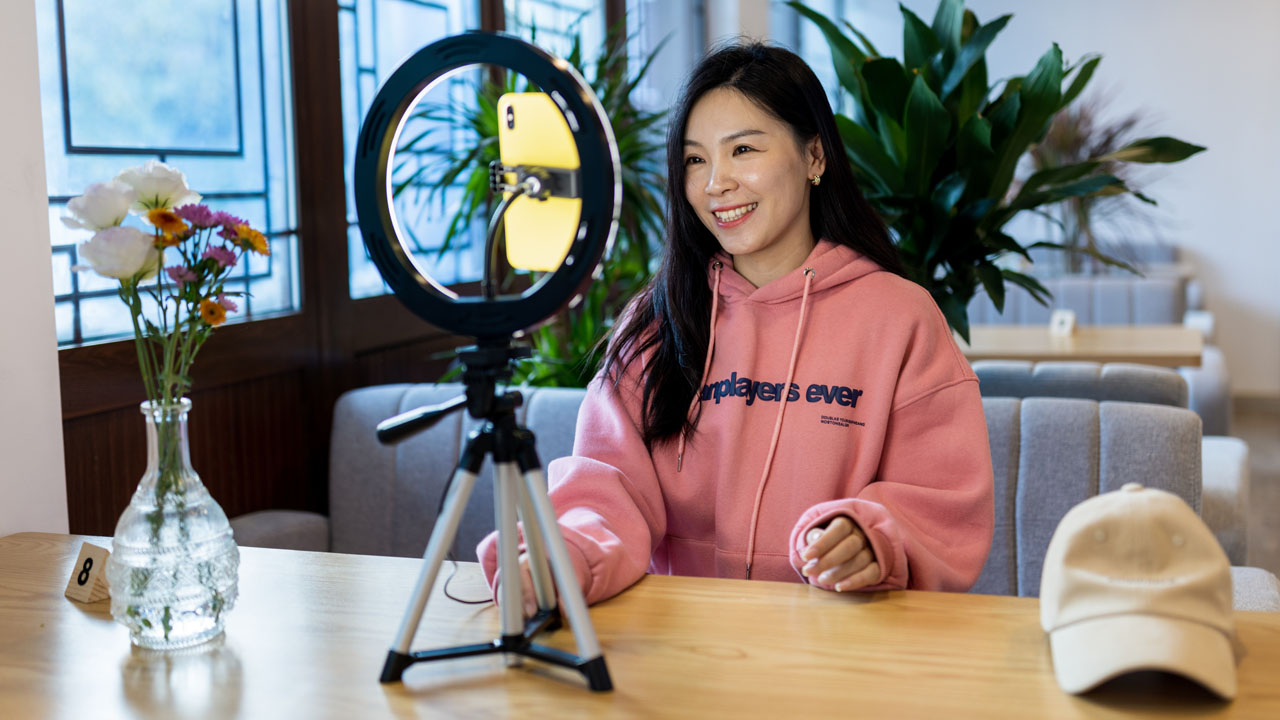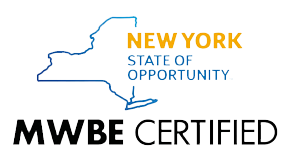Looking for an effective way to reach new audiences? Over-the-Top (OTT) and Connected Television (CTV) are two forms of viewership that offer incredible potential for your digital ad campaigns.
It might not surprise you that many viewers no longer rely on cable or satellite for entertainment. Instead, they can now access streaming services continually and inexpensively using various smart devices.
That means audiences can watch what they want—when they want it. Additionally, these platforms' wide range of options allows users to personalize their experiences, enticing them to break away from traditional cable subscriptions.
But is OTT and CTV advertising right for your brand? And is traditional TV on the way out? In this guide, we'll discuss how OTT TV advertising works, how it differs from CTV, its benefits, and why you don't want to cut cords with traditional TV entirely.
OTT TV vs. CTV
Before we get started, let's review a few simple definitions:
- What Is OTT? OTT streaming is a type of media delivery where video or audio content is delivered directly from a provider to a user's device without a cable or satellite connection. Think Netflix, Hulu, HBO Now, or Amazon Video.
- OTT allows users to access their favorite shows, movies, and other forms of media at any time—from any smart device with high-speed internet.
- What Is CTV? CTV describes any device—from Smart TVs to Roku sticks—directly supporting streaming media services over the internet.
- Both options allow brands to advertise campaigns (using display ads, video content, etc.) and market to niche audiences.
- Difference between OTT and CTV: Although they sound similar, it's important to note that CTV is really the vehicle that helps deliver OTT content to viewers. Simply put, you need a connector to the internet to access OTT content on your television. And you achieve this via a CTV device (e.g., smart tv, game console, streaming stick, etc.).
Now that you understand how both types of viewership work, let's discuss the question on most marketers' minds:
Is Traditional TV Dead?
Not quite. Although OTT streaming offers a wide range of content at low costs—appealing to most audiences—it’s reported that 56% of Americans still watch cable or satellite TV. In fact, many apartment properties nationwide work with cable or satellite providers to get exclusive deals for tenants. Landlords then include these fixed subscriptions in lease agreements and monthly rent.
Therefore, if you’re currently advertising on traditional TV or thinking of doing so, don’t let the popularity of streaming services fool you.
TV is still an awareness driver, particularly local TV, which offers a community connection via local news programming.
Furthermore, and perhaps most notably, antenna viewership continues to rise among younger audiences (18-49). A 2022 report, for instance, revealed an increase of 9% within one year among younger audiences preferring TV antennas for entertainment.
This number could rise, as although OTT TV claims to offer access to your favorite shows, movies, and music for “less,” users ultimately need to pay “extra” for more control.
Traditional Cable vs. OTT Subscription Services
Your audience is conditioned to believe that OTT subscriptions offer a lower-cost option to watch their favorite content from the internet—without relying on an expensive cable subscription.
However, while OTT services generally offer an extensive selection of more popular programming than traditional cable, the quality and reliability of their services can vary. Additionally, the cost savings tend to be less significant than many consumers realize.
- Firstly, to watch live programming, such as the NFL, ESPN Live, UFC, the World Cup, etc., you'll need to pay extra on OTT TV as this content is considered "on-demand."
- Similarly, if consumers want to access other channels, such as HBO shows or Paramount +, in addition to their favorite films on Netflix, they need to pay for extra subscriptions.
- Finally, although some OTT providers like Hulu allow you to bundle channels, the costs do add up, and this isn't even considering the costs of paying for ad-free content (more on that below).
Therefore, it will be interesting to see how costs factor into the popularity of OTT TV and traditional TV over time. The bottom line is you don’t want to discredit traditional media from your advertising wheelhouse. Instead, you want to incorporate it effectively into your digital marketing strategy.
Types of OTT TV Advertising
OTT and CTV allow marketers to target audiences geographically—by their devices. You’re also permitted more customization by age, income level, and other demographic information.
To ensure you connect to the right demographics, consider creating personalized ad experiences that speak to their unique wants.
With OTT ads, you have the following options to achieve this:
- Pre-roll ads: Ads that run up to 30 seconds, appearing before the main content begins.
- Mid-roll ads: These ads appear in the middle of a show or movie and are usually longer than pre-roll ads (up to a minute).
- Post-roll ads: These ads will appear once the main content has ended and are typically longer than other OTT ads.
- Banner ads: You’ve probably seen these ads on the interface of a CTV or at the bottom of a video playing.
- Overlay ads: These clickable ads appear on top of the viewing content. It leads viewers to a page off-screen for more information.
How OTT TV Advertising Gets Tricky
It's safe to say that OTT streaming services have changed how advertising works. With cable, for example, advertisers have traditionally purchased time slots to air commercials. However, with OTT TV services, audiences have the option of subscription video-on-demand (SVOD) services. This allows them to choose what they watch without sitting through commercials.
Remember, though. This comes at a price. Therefore, some viewers are still willing to sit through commercials to keep their monthly subscriptions low. Additionally, certain OTT channels are free to use with the understanding that commercials are part of that free experience. These are known as Advertising-based Video on Demand (AVOD).
Therefore, brands shouldn't let the threat of SVOD services stop them from pursuing OTT and CTV advertising. Instead, marketers need to be smart about approaching this type of advertising to ensure their message effectively reaches the right audience.
Using OTT/CTV Advertising Effectively
You must take a holistic approach to get the most out of OTT TV advertising or CTV.
This begins by thoroughly understanding your target audience, selecting the appropriate ad format(s) for each platform, and creating compelling ads with clear calls to action.
Also, utilize data-driven techniques such as A/B testing to refine your campaigns and ensure they reach the right viewers at the right time. Finally, don't forget to monitor performance periodically—this will allow you to adjust your strategy to maximize ROI from your OTT/CTV ad campaigns.
Determine Your Budget and KPIs Now
The next step in any OTT/CTV campaign is determining your budget. This will play a major role in deciding which advertising platforms to use and the ads you can create.
Once a budget has been set, it's important to identify key metrics that will be used to measure success.
Common metrics for OTT/CTV ad campaigns include:
- Impressions
- Reach
- Engagement rate
- Click-through rate (CTR)
- View-through rate (VTR)
Keep these in mind when launching or optimizing campaigns so that you know what actions to take that provide the best return on your investment.
Get Help with Your OTT Ad Advertising
OTT and CTV are changing how your audiences consume media today! However, to get a headstart on optimizing ad campaigns that resonate with viewers and ensure your ads show up at the right time, you need a dedicated marketing team to navigate the complexities of these popular platforms.
At East Shore Marketing, we support various clients in traditional and digital media. So whether you want to promote ads on OTT, CTV, traditional TV, or a combination, we’ll help you build a competitive strategy that connects and converts.
To learn more about our advertising capabilities and proven results, contact us today for a consultation.

